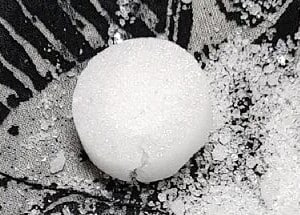Chipmunks are cute and non-aggressive wild animals. However, it’s best to keep them away from your home, so they don’t cause trouble, such as chewing through wiring or bringing dangerous diseases to your family. There are many simple remedies that homeowners use to keep rodents away.
However, the effectiveness of some of them is called into question. For example, many people wonder, do mothballs keep chipmunks away? In short, yes, they can serve as deterrents against pests, but it is not that simple. Let’s delve into this topic and take a closer look at all aspects of this issue.
[wpsm_titlebox title=”Do Mothballs Keep Chipmunks Away?” style=””main””]
Like many other animals, chipmunks have a keen sense of smell and, therefore, cannot tolerate strong odors. That is why moth balls repel the chipmunks, causing them to avoid treated areas. At the same time, the naphthalene they contain is toxic. If rodents accidentally eat mothballs in plants, they’ll die.
[/wpsm_titlebox]
Do Chipmunks Dislike Mothballs?
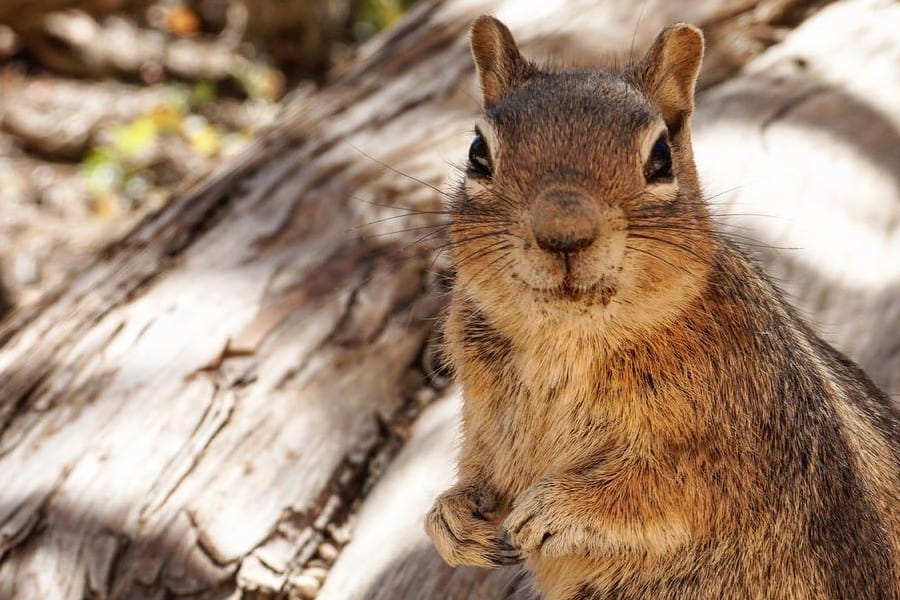
Chipmunks prefer to stay away from products with a strong and persistent smell. So, will mothballs deter chipmunks? Yes, mothballs have just such a deterrent scent. They contain chemicals such as naphthalene and paradichlorobenzene in their composition. Both have proven effective as insecticides as they are toxic to small pests.
However, the scope of products containing them is much more extensive. That’s why you can use mothballs to kick the chipmunks out of your house and garden.
Can You Put Mothballs in Chipmunk Holes?
One of the most effective ways to get rid of pesky chipmunks is to find all the entrances to the underground tunnels and throw a couple of mothballs in there. Their powerful smell will make pests look for other ways and avoid your territory. This method can be considered quite humane.
Although naphthalene can be toxic to small creatures, its smell will scare them away, making them less likely to eat items containing it. However, you need to be careful when scattering the balls if you have curious little kids or pets who might pick them up and accidentally eat them (mothballs look like mints).
I recommend covering treated entrances with soil to disguise them and protect loved ones from potential poisoning.
Can you put mothballs in your garden and not be afraid to kill the plants? In this case, you need to decide what is more important for you: to keep the flowers or to get rid of pests that are likely to gnaw them over time. Paradichlorobenzene, like naphthalene, is dangerous not because it kills flowers.
The fact is that this substance dissolves quite easily and is absorbed by the soil, which means it can get into water bodies and harm wildlife.
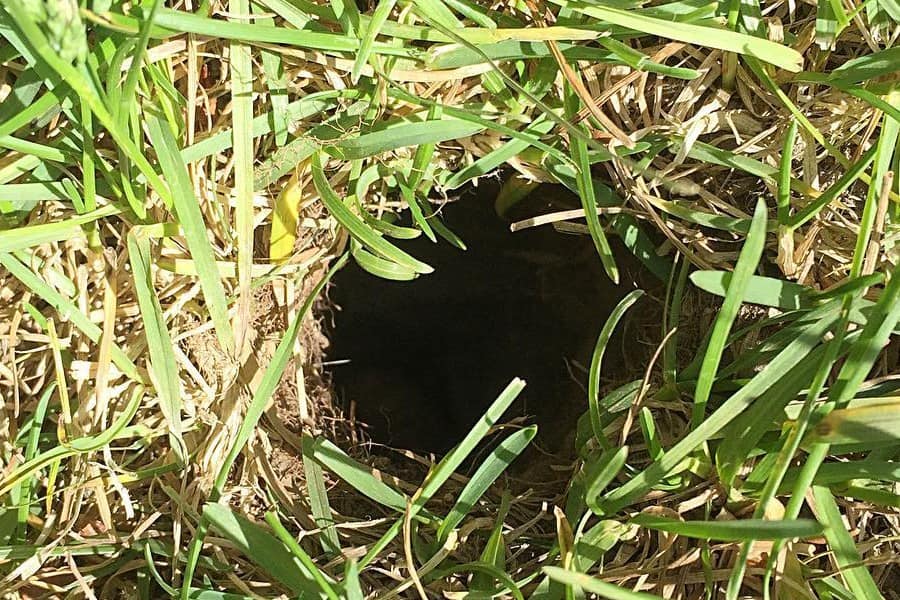
Besides, if you grow vegetables and fruits, they also absorb substances contained in mothballs along with water. It means ripe fruits will contain traces of toxic products that will enter your body with food. It is a highly undesirable scenario that leads to health problems.
I advise you to use naphthalene-containing repellents outdoors with caution and only if you do not have eatable plants. In any case, you can always opt for safer DIY remedies rather than put mothballs in plants.
How to Keep Chipmunks Away Using Mothballs?
Using mothballs as a pest control method is not difficult at all. Luckily, you don’t need to dilute them with water or mix them with other ingredients.
Step 1: Determine the chipmunks’ routes
Now you know that moth balls repel chipmunks, so here is how to use them to the fullest. You first need to find all the places where chipmunks can run or hide. They tend to live outdoors, so inspect the lawn for holes and entrances to underground tunnels. If your yard has piles of junk (such as piled wooden pallets) or overgrown bushes, rodents may live in their shade.
Also, check the patio, garage, and basement of the house for signs of pests: paw marks, feces, gnawed plants, nutshells, and so on.
Step 2: Lay out the mothballs
After finding all the chipmunks’ routes and paths, spread the pesticide wherever possible. Remember that these rodents avoid open spaces, so you should try to stuff the mothballs into the most secluded places. Avoid overdoing it, especially if you treat rooms and other premises.
Since naphthalene and paradichlorobenzene are toxic and pose a risk to your health, I strongly recommend you follow the general safety rules and use PPE for working with chemicals.
Step 3: Inspect the area regularly
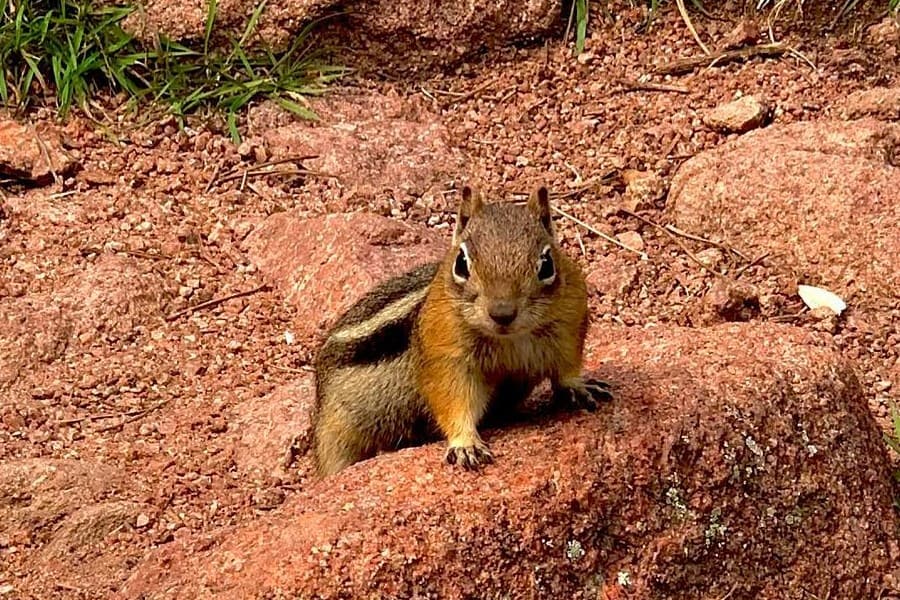
It will take some time to notice the effect of mothballs. During this period, your property and premises should be inspected for new holes and damage from chipmunks. If you notice fresh footprints or tunnels, put more mothballs in them. Continue it until you no longer see signs of rodent activity.
My experience is that using mothballs is an effective pest control method. However, I am a supporter of an integrated approach because by using several tools, you minimize the disadvantages of each.
That’s why, along with mothballs, I recommend getting a DIY spray made of cayenne pepper or peppermint essential oil, bloodmeal, predator (feline, fox, or owl) urine, live traps to catch rodents, and many other remedies.
FAQ on Chipmunks and Mothballs
In this section, I have answered common questions my readers have about using mothballs against pests.
Will mothballs keep chipmunks away?
Yes, mothballs have a strong and persistent scent that repels rodents. The fact is that naphthalene irritates the mucous membranes of animals but also “interrupts” other odors, preventing pests from orienting in space. Because of it, chipmunks prefer to avoid strong-smelling rooms and areas.
What can you not mix with mothballs?
Mothballs should not be diluted or mixed with other chemicals as you may get unexpected results. Moreover, varieties of mothballs may contain either naphthalene or paradichlorobenzene. Never use two different types together, as it will increase the toxicity of the substances. Remember that these ingredients evaporate quickly, even at low (room) temperatures, so you may not immediately notice that you have been exposed to harmful effects.
Are mothballs illegal to use outside?
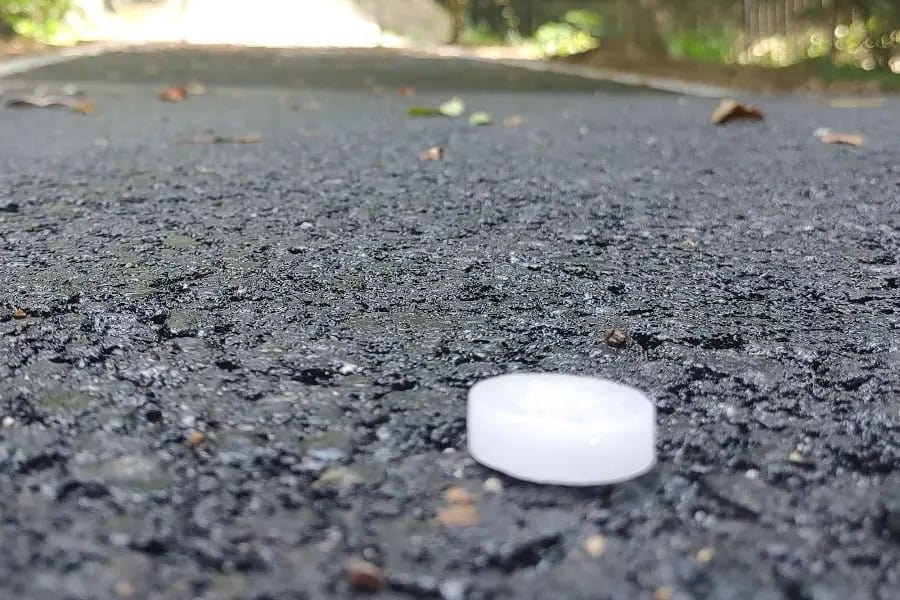
It depends on the specific type of product. Modern manufacturers produce environmentally friendly mothballs containing non-toxic active ingredients. Be sure to read label directions before first use. Imported products with naphthalene or paradichlorobenzene usually do not pass due diligence by the Environmental Protection Agency and, therefore, cannot be used outdoors.
Easy Way to Protect Your Garden and House
Mothballs are a simple tool to not only protect your belongings from moths but also to repel small rodents like chipmunks. This chemical releases a strong odor that can drive pests out of your garden, house, patio, and garage. Use it wisely so as not to harm the family, pets, and the environment. I also recommend combining mothballs applications with other safe pest control tools.
Have you ever fought chipmunks? Have you tried mothballs? And what other means do you find effective? Please share your story with readers and me in the comments!

